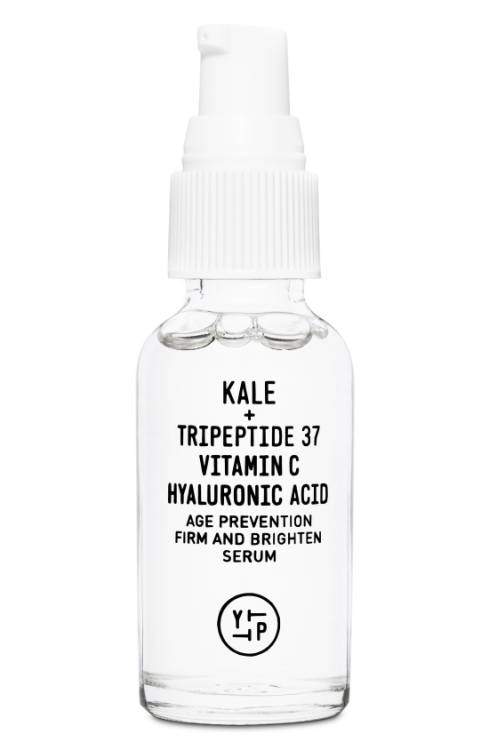Ladies, let’s talk about it… hyperpigmentation. We’ve all dealt with it at some point whether from gaining sun spots, scars left from injuries, or hormonal imbalances (ugh hormones). Hyperpigmentation, although
Hyperpigmentation occurs when patches of skin become darker in color than the surrounding skin. This darkening occurs when melanin forms deposits in the skin (source). Age spots, melasma, and acne marks are common forms of hyperpigmentation.
There are many reasons for hyperpigmentation- pregnancy, certain health conditions such as Addison’s disease, the use of certain medications, etc. Now that we know what it is. We need to know how to get rid of it!
Tackling hyperpigmentation is a three step process that should incorporate into your skin care regimen: lighten, protect, and cover. So you ready to get the process to help fight your hyper pigmentation? Let’s go!
Got Hyperpigmentation? Here are 3 Easy Tips to Fight It!
Lighten
The first step to handling hyperpigmentation is using an effective treatment to lighten the dark spots. There are many products on the market, but chemical exfoliants champion at being the most effect method used to treat dark spots. Here are some examples of the top chemical exfoliants, with recommended products.
Vitamin C
Vitamin C is a very efficient solution to evening out the skin, products that contain Vitamin C brighten the skin and eventually fade the dark marks. Vitamin C, in my opinion, is the slowest method and I suggest this for someone with a mild case of hyperpigmentation, or someone that is looking to brighten the skin.
Makeup Artist and Licensed Esthetician Diana Solomon recommends Vitamin C peels as a safe alternative.
Retinol
Retinol is a form of vitamin A that works to increase cell turnover by stimulating cell production underneath the skin. This process slows down with age, allowing layers of dead, thick, sun damaged skin cells to remain on the surface.
As a result – skin looks dull and thick, pores look large and sun-related damage such as age spots and blotchiness appear.
Products such as ROC Multi-Correxion 5 in 1 Daily MoisturizerandNeutrogena Rapid Tone Repair Dark Spot Corrector contain retinol which makes the dark spots disappear.
Glycolic acid
Glycolic acid is an AHA (alpha hydroxy acid) derived from sugar that exfoliates and stimulates collagen production. It reduces oil on the surface of the skin and lightens dark spots effectively.
Mandelic acid
Mandelic Acid is an AHA derived from bitter almonds that exfoliates like glycolic acid but is more gently thanks to larger molecules that do not deeply penetrate the skin.
Lactic acid
Lactic acid is an AHA derived from milk that exfoliates skin. Like mandelic acid, it is gentle, and as an added bonus, lactic acid is a human metabolite, so allergic reaction is less likely.
Lactic acids exfoliate the skin, deep cleans pores, fades dark marks, brightens the skin and stimulates collagen production.
Protect
After using products that contain AHA’s, it is mandatory that you use sunscreen to prevent dark spots from getting darker. I suggest a broad spectrum sunscreen of SPF 15 or greater.
Most foundation primers that contain SPF protection are great to use, because they have the protection you need, plus face friendly ingredients to moisturize and nourish the skin.
Cover
You still have to go out and about in the world, so what do you do to cover the skin until the dark spots are gone? One of the ways you could head out into the world with confidence is to get a good concealer, that’s what you can do!
Hopefully, these tips and product recommendations help you out. Read this, go pick a few of these products, and come back and let me know what you think?






















